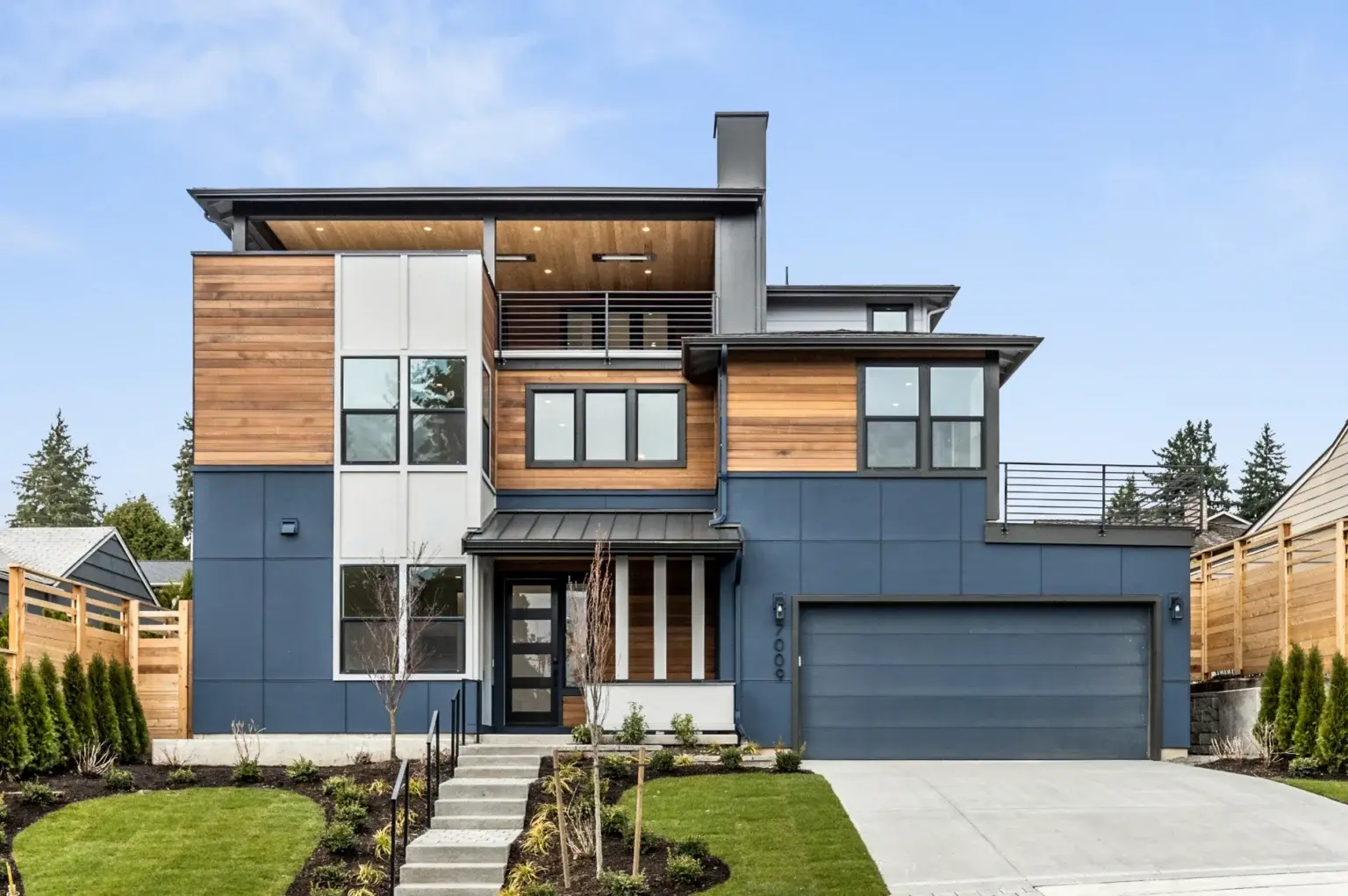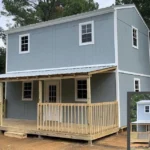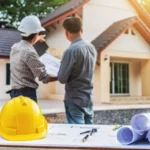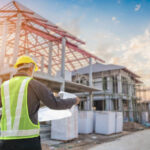As the world evolves, so does the way we build and live in our homes. New home construction today is not just about creating a structure but about enhancing the quality of life through innovative trends that cater to modern living. This article explores the cutting-edge trends in new home construction that are shaping the future of residential spaces.
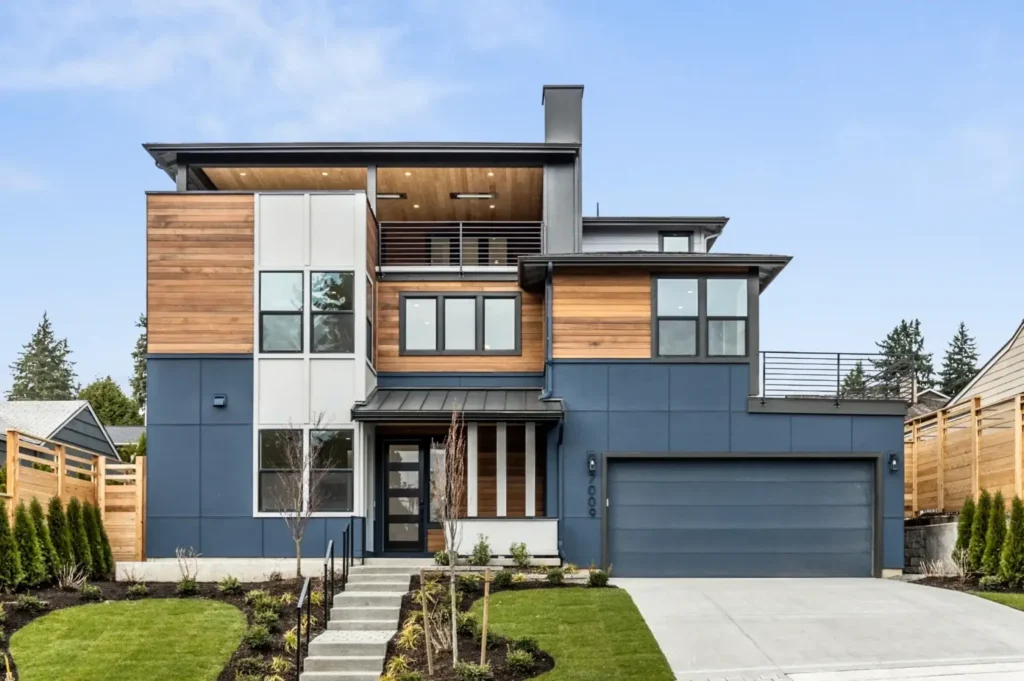
Content
Sustainable and Eco-Friendly Building Practices
One of the most significant shifts in custom home building is the emphasis on sustainability and eco-friendly practices. Homeowners and builders alike are increasingly aware of the environmental impact of construction and are opting for greener alternatives.
Green Building Materials
Using recycled and sustainable materials has become a cornerstone of eco-friendly building practices. Materials such as reclaimed wood, recycled metal, and bamboo are not only sustainable but also add a unique aesthetic to new homes. These materials reduce the demand for virgin resources and minimize waste, contributing to a more sustainable residential construction process.
Energy-Efficient Systems
Energy efficiency is a top priority in modern home construction. Installing solar panels, energy-efficient windows, and superior insulation can significantly reduce a home’s energy consumption. Solar panels harness renewable energy from the sun, providing a sustainable power source for the home. Energy-efficient windows and insulation keep the indoor environment comfortable while reducing the need for heating and cooling, which lowers energy bills and house construction costs.
Water Conservation
Water conservation is another crucial aspect of sustainable home construction. Low-flow fixtures, such as faucets, showerheads, and toilets, are designed to use less water without compromising performance. Additionally, rainwater harvesting systems collect and store rainwater for various uses, such as irrigation and flushing toilets, further reducing the reliance on municipal water supplies.
Smart Home Technology Integration
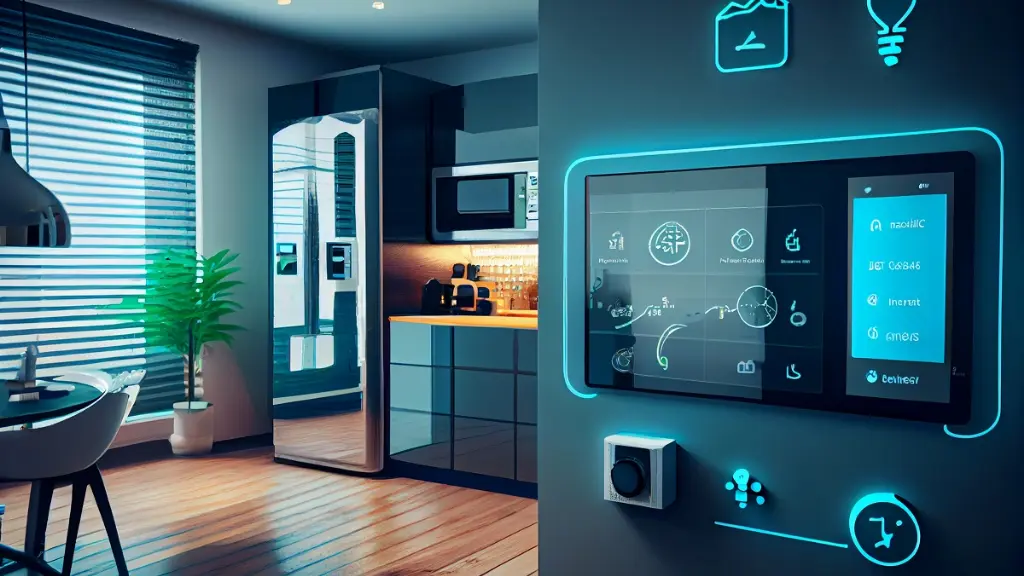
The integration of smart home technology is transforming the way we live, making homes more convenient, efficient, and secure.
New Home Construction Automation Systems
Home automation systems allow homeowners to control various aspects of their home from a single device or app. From lighting and heating to security and entertainment, these systems provide centralized control and automation, making daily routines more manageable and efficient. For example, smart thermostats learn your preferences and adjust the temperature automatically, optimizing energy use and comfort.
Voice-Activated Devices
Voice-activated devices, such as Amazon Alexa and Google Home, are becoming standard features in new homes. These devices enable homeowners to control their environment with simple voice commands, from adjusting the lighting and playing music to managing smart appliances. This hands-free convenience enhances the overall living experience and integrates seamlessly with other smart home technologies.
Smart Appliances
Smart appliances are designed to be energy-efficient and interconnected, providing convenience and control. Refrigerators that notify you when you’re low on groceries, ovens that can be controlled remotely, and washing machines that optimize water usage are just a few examples. These appliances not only make daily chores easier but also contribute to a more efficient and sustainable home.
Open Floor Plans and Flexible Spaces
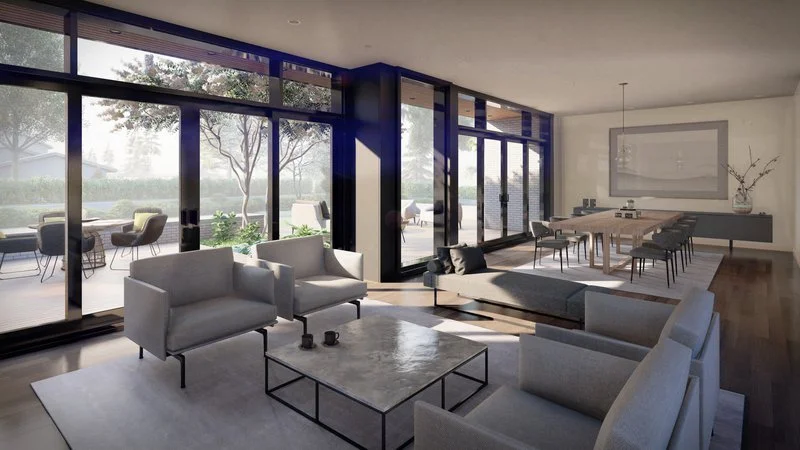
Modern living demands spaces that are both functional and adaptable. Open floor plans and flexible spaces are increasingly popular in new home construction.
Open-Concept Living
Open-concept living spaces combine the kitchen, dining, and living areas into a single, spacious area. This design promotes a sense of openness and fluidity, making the home feel larger and more connected. It also facilitates better interaction among family members and guests, enhancing the social aspect of the home.
Multi-Functional Rooms
Multi-functional rooms are designed to serve multiple purposes, making the most of available space. For example, a home office can double as a guest room, or a playroom can be converted into a home gym. This flexibility allows homeowners to adapt their living spaces to their changing needs and lifestyles.
Adaptable Furniture
Modular and convertible furniture is essential for maximizing space in modern homes. Pieces such as sofa beds, fold-out tables, and storage ottomans provide functionality without compromising style. These adaptable furniture options make it easier to create versatile living spaces that can evolve with the homeowner’s needs.
Health and Wellness Features
Creating a healthy living environment is a key focus in new home construction. Incorporating features that promote health and wellness can significantly enhance the quality of life for residents.
Indoor Air Quality
Good indoor air quality is crucial for health and well-being. Ventilation systems, air purifiers, and non-toxic building materials help maintain a clean and healthy indoor environment. Proper ventilation ensures a constant supply of fresh air, while air purifiers remove pollutants and allergens. Using non-toxic materials reduces the risk of harmful emissions, creating a safer living space.
Natural Light and Ventilation
Maximizing natural light and ventilation is essential for creating a bright and airy home. Large windows, skylights, and open layouts allow sunlight to flood the interior, reducing the need for artificial lighting and enhancing the overall ambiance. Natural ventilation helps maintain a comfortable indoor climate and improves air quality, contributing to a healthier living environment.
Home Gyms and Wellness Areas
Dedicated spaces for exercise and relaxation are becoming standard in new build homes. Home gyms equipped with fitness equipment, yoga studios for mindfulness practice, and wellness areas for relaxation and meditation provide convenient options for maintaining a healthy lifestyle. These features promote physical and mental well-being, making it easier for homeowners to prioritize their health.
Enhanced Outdoor Living Spaces
Outdoor living spaces are an extension of the home, providing additional areas for relaxation, entertainment, and enjoyment of nature.
Outdoor Kitchens and Dining Areas
Fully equipped outdoor kitchens and dining areas are popular features in modern homes. These spaces allow homeowners to cook and dine al fresco, enhancing their outdoor living experience. Features such as built-in grills, outdoor refrigerators, and dining sets create a functional and inviting outdoor cooking and dining space.
Landscaping and Gardens
Eco-friendly landscaping, vertical gardens, and edible gardens add beauty and functionality to outdoor spaces. Sustainable landscaping practices, such as using native plants and efficient irrigation systems, reduce water usage and maintenance. Vertical gardens maximize space and provide greenery, while edible gardens offer fresh, home-grown produce.
Outdoor Entertainment
Outdoor entertainment areas are designed for socializing and relaxation. Features such as fire pits, swimming pools, and lounge areas create inviting spaces for gatherings and leisure activities. These areas enhance the overall appeal of the home and provide additional options for enjoying the outdoors.
Modern Aesthetics and Design Elements
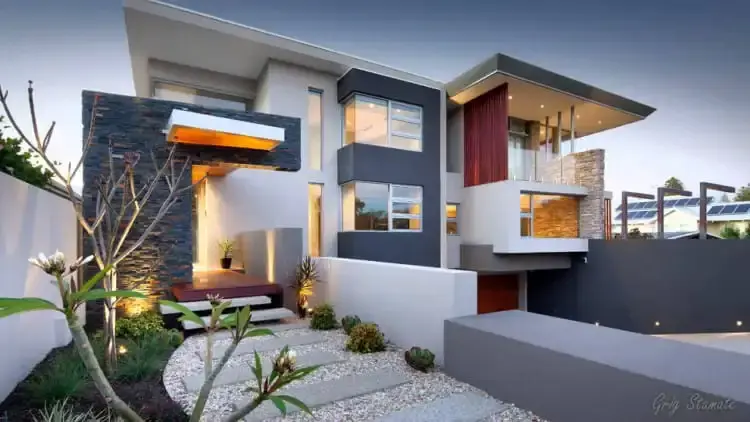
Modern aesthetics and design elements play a crucial role in creating stylish and functional homes.
Minimalist Design
Minimalist design is characterized by clean lines, simple color palettes, and uncluttered spaces. This approach creates a sense of calm and order, making the home feel more spacious and serene. Minimalist design emphasizes functionality and simplicity, ensuring that every element serves a purpose.
Natural Materials
Using natural materials such as wood, stone, and metal adds warmth and texture to modern homes. These materials create a connection to nature and bring an organic feel to the interior. Natural materials are also durable and sustainable, making them a popular choice in new home construction.
Customizable Design Options
Personalization is key to creating a home that reflects the homeowner’s style and preferences. Customizable design options allow homeowners to choose finishes, fixtures, and layouts that suit their needs and tastes. This flexibility ensures that the home is unique and tailored to the individual, enhancing the overall living experience.
Conclusion
Innovative trends in new home construction are shaping the future of modern living. From sustainable building practices and smart home technology to flexible spaces and health-focused features, these trends enhance the quality of life and create homes that are efficient, functional, and stylish. By embracing these trends, homeowners can create a living environment that meets their needs and supports their lifestyle, ensuring a comfortable and enjoyable home for years to come. Understanding the home building process and managing house construction costs effectively can help in achieving these modern, sustainable, and technologically advanced new build homes. With the right approach to custom home building, the possibilities for creating the perfect living space are limitless.

Elena Mohr is a dedicated home blogger who has been blogging for over six years. She covers everything home related. Elena also loves writing posts about her travels to Europe with her husband and two children.
